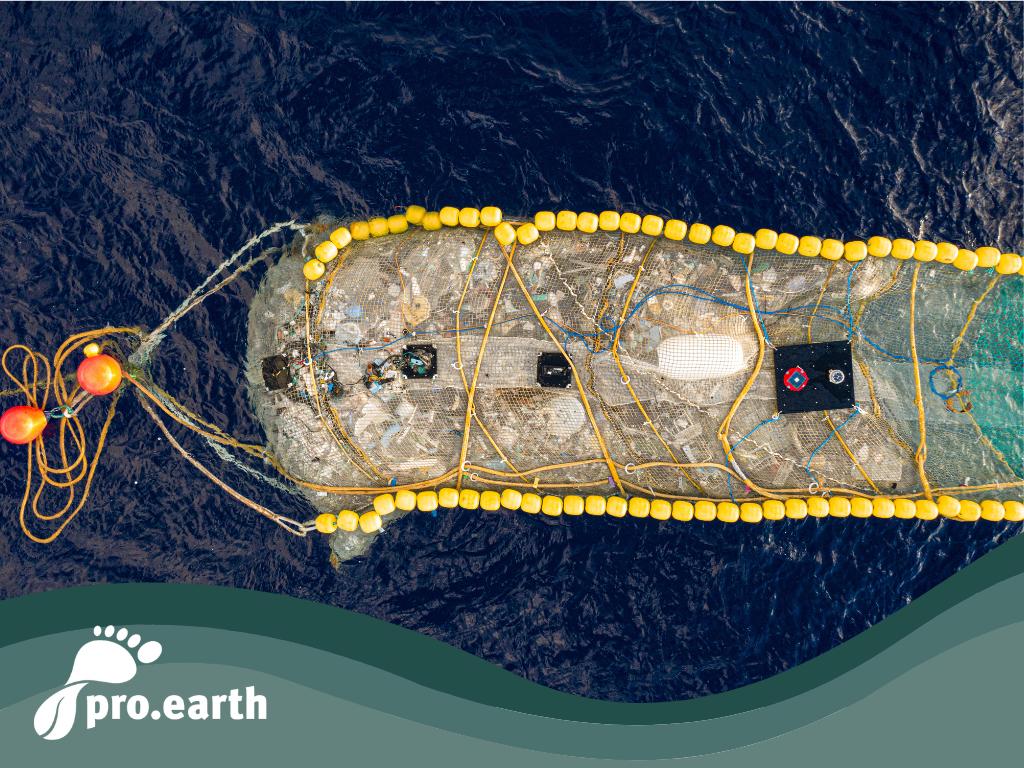From a 16-year-old who has set his mind on cleaning up the world's oceans

Unimaginable amounts of plastic pollute our oceans, killing millions of seabirds and hundreds of thousands of aquatic animals every year.
Humans also become part of the cycle, which results in economic damage.
There are several attempts to find a solution, but they are largely based on the idea of moving through the sea with nets - as you can imagine, this is a Sisyphean task.
This method cleans up differently.
How did the idea come about?
When the then 16-year-old Dutchman Boyan Slat saw more plastic bags than fish while diving in Greece in the summer of 2011, he was shocked and decided to do something about it.
Together with a friend, he developed a school project about the problem. Just six months later, the project was awarded the prize for Best Technical Design by the Delft University of Technology - the start of a success story.
The concept of "The Ocean Cleanup" spread like wildfire on social media and crowdfunding raised almost one million dollars in just 29 days.
How does it work?
The basic idea behind "The Ocean Cleanup" is: "Why move through the oceans when the oceans can move through you".
It wasn't quite that simple, so some adjustments had to be made. After a failed attempt to capture the plastic at collection points in the sea, the third version of the idea has now been successful.
At a glance:
- Inexpensive and easy to construct
- Makes use of wind, wave and current forces
- Effective area of application with lots of plastic
- Moving system increases the efficiency of the system
- No danger to wildlife
- Constant transportation of plastic by ship leads to exhaust emissions and fuel consumption
Rivers carry plastic into the sea
The alarmingly high concentration of plastic in the oceans is evident, but more plastic is added by rivers every day. They carry the waste from the cities to the sea and are therefore the main entry routes for plastic into the sea.
The answer to this problem is the "Ocean Cleanup Interceptor", a houseboat-like construction that combats plastic in rivers before it is discharged into the sea.
At a glance:
- only blocks part of the river together with the barrier, ships can pass without any problems
- Solar powered
- Can be used around the clock
- catches up to 50,000 kilograms of waste every day
- up to 100,000 kilograms per day under optimal conditions
80% of the plastic in rivers worldwide is found in the world's 1,000 dirtiest rivers, which are mainly located in Asia. This allows the Interceptor to focus on these problem rivers and thus eliminate a large proportion of the plastic.
There are currently 2 interceptors in use (Malaysia and Indonesia), but the Ocean Cleanup wants to be active in all thousand problem rivers by 2025.
Image © "The Ocean Cleanup"






